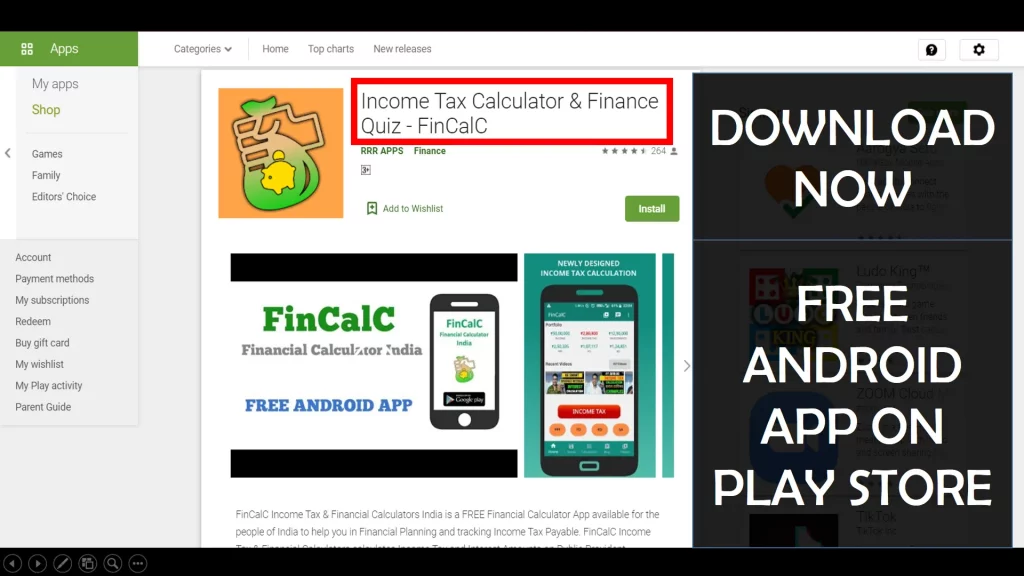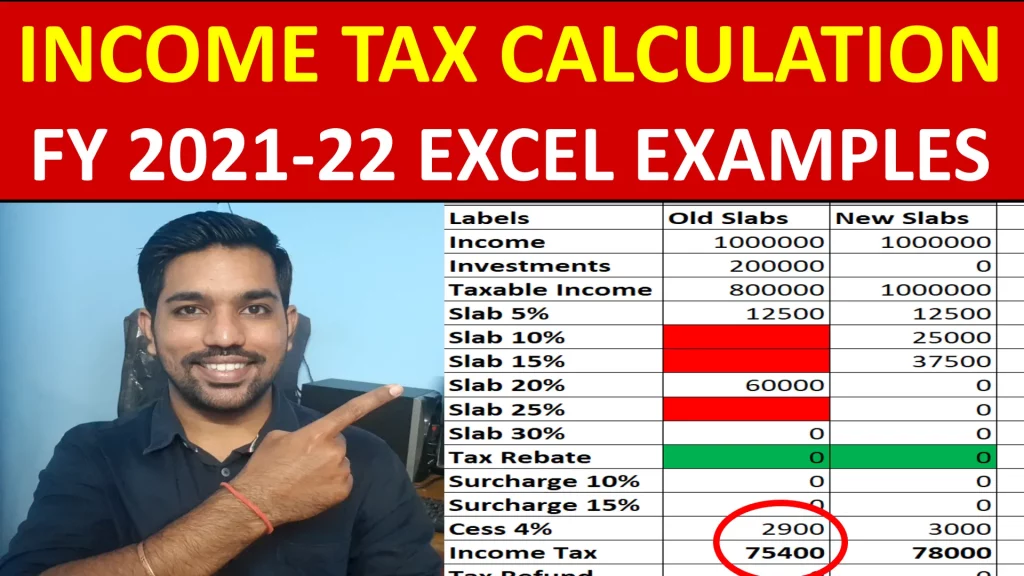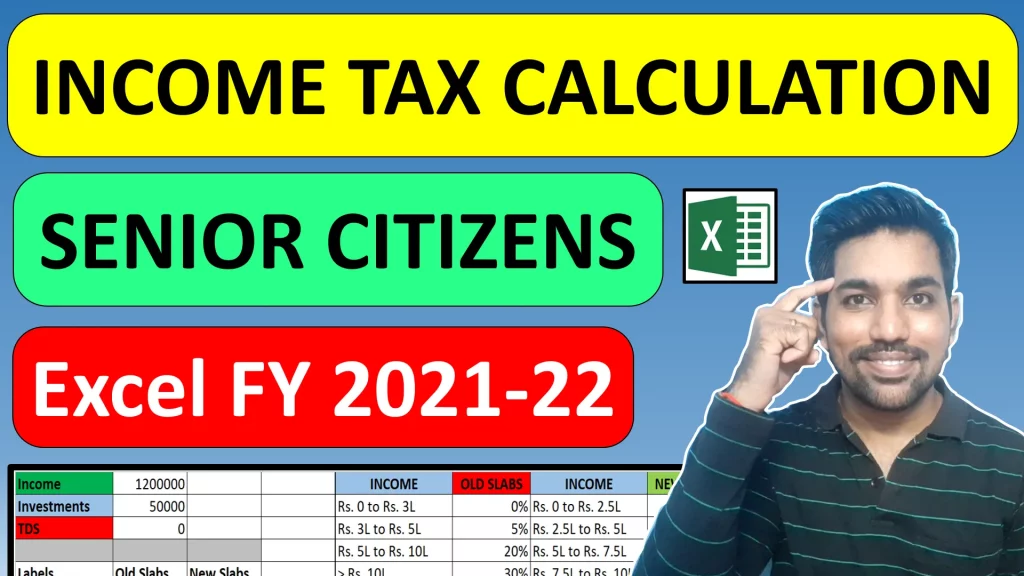Section 80EEA allows you to claim income tax deduction on home loan interest amount paid if home loan is taken between 1st April 2019 to 31st March 2020 according to Income tax act. Section 80EEA has a maximum limit of Rs. 1.5 lakh that can be claimed as home loan interest amount if you are the owner of single house property.
Let us understand Section 80EEA in detail.
What is Section 80EEA?
- Section 80EEA of income tax act helps in saving income tax with old tax regime on home loan interest amount paid in a financial year
- This section has a maximum limit of Rs. 1.5 lakh that can be claimed as deduction if you pay home loan interest amount
- 80EEA was introduced to promote home buying in FY 2019, which is the extension of Section 80EE (limit of Rs. 50,000)
- This deduction is not applicable for home loan principal amount in EMI that you pay every month
- Home loan Principal amount, stamp duty and registration amounts can be claimed in Section 80C with a maximum limit of Rs. 1.5 Lakh in financial year with old tax regime
Section 80EEA Deduction Eligibility and Conditions
There are certain conditions before you can claim 80EEA Income Tax Deduction on your home loan:
- Only individuals can claim this deduction. HUF (Hindi Undivided Family) are not eligible to claim 80EEA
- The loan must be sanctioned in FY 2019-20 to claim this deduction according to income tax act
- The stamp duty value of the house property must not exceed Rs. 45 Lakh
- You should also not own any other property to claim this deduction. Only first time home buyers can claim this deduction under 80EEA
Love Reading Books? Here are some of the Best Books you can Read: (WITH LINKS)
Difference between Section 80EEA and 80EE
Section 80EEA, as mentioned above is the extension of Section 80EE that was introduced again for FY 2019-20 to promote home buying in individuals. It has a maximum limit of Rs. 1.5 Lakh to be claimed against home loan interest amount in financial year.
Where as, Section 80EE is applicable for loans sanctioned in FY 2019-20 with a maximum limit of Rs. 50,000 that can be claimed against home loan interest amount in financial year.
Both the sections are applicable for first time home buyers and you should not own second residential property to claim these deductions.
Can you claim both Section 24 and Section 80EEA?
Yes Section 24 allows deduction of Rs. 2 lakh in financial year as home loan interest amount paid, whereas Section 80EEA allows Rs. 1.5 lakh deduction if loan taken in FY 2019-20.
So both sections can be claimed together to save maximum interest on your home loan, provided that all conditions to claim these deductions are met.
Section 80EEA with Example
Let us understand the limits of 80EEA with example:
Let’s say if you bought house property on home loan in FY 2019-20 with stamp duty value of Rs. 40 lakh. And you paid Rs. 3 lakh as home loan interest amount in FY. So below is the total interest amount that can be claimed to save income tax:
- Section 24: Rs. 2 Lakh
- Section 80EEA: Rs. 1 Lakh
Since Section 24 can be claimed on home loans taken in any FY, maximum Rs. 2 Lakh can be claimed in any FY up to your loan closure with this ectioSection.
Whereas, since stamp duty value is less than Rs. 45 Lakh and loan was sanctioned in FY 2019-20, 80EEA will be applicable in this case, so you can cover remaining Rs. 1 lakh in this section.
Conclusion
So Section 80EEA allows you to claim home loan interest amount for maximum Rs. 1.5 lakh if loan is sanctioned in FY 2019-20. The stamp duty value should not exceed Rs. 45 lakh and you must not own any other residential house property top claim this deduction.
It is important to note that only individuals can claim this deduction under Old Tax Regime. New Tax Regime does not allow this deduction to be claimed.
Some more Reading:
- 5 Golden Rules of Finance
- Section 80GG Tax Deduction for House Rent Paid
- Emergency Funds and It’s Importance
Frequently Asked Questions
Does Section 80EEA includes Home loan principal amount?
No. Section 80EEA only includes the interest part of the home loan EMI paid. Principal amount can be included in Section 80C with maximum limit of Rs. 1.5 Lakh in financial year.
Is Stamp Duty and Registration cost deducted from Income Tax?
Yes stamp duty and Registration cost can be deducted under Section 80C with limit of Rs. 1.5 Lakh in a financial year.
What is the Section 80EEA deduction limit?
The limit for 80EEA income tax deduction is Rs. 2 lakh in a financial year, against the interest portion of the home loan EMI paid.
SHOW your Support!
Found this Helpful? DONATE any amount to see more useful Content. Scan below QR code using any UPI App!

UPI ID: abhilashgupta8149-1@okhdfcbank
Verify that you are “Paying Abhilash Gupta” before making the transaction so that it reaches me. It makes my Day 🙂
Thank you for Donating. Stay Tuned!
Income Tax Calculator App – FinCalC
For Income Tax Calculation on your mobile device, you can Download my Android App “FinCalC” which I have developed for you to make your income tax calculation easy.
What you can do with this mobile App?
- Calculate Income Tax for new FY 2023-24 and previous FY 2022-23
- Enter estimated Investments to check income tax with Old and New Tax Regime
- Save income tax details and track regularly
- Know how much to invest more to save income tax
- More calculators including PPF, SIP returns, Savings account interest and lot more

Use Popular Calculators:
- Income Tax Calculator
- Home Loan EMI Calculator
- SIP Calculator
- PPF Calculator
- HRA Calculator
- Step up SIP Calculator
- Savings Account Interest Calculator
- Lump sum Calculator
- FD Calculator
- RD Calculator
- Car Loan EMI Calculator
- Bike Loan EMI Calculator
- Sukanya Samriddhi Calculator
- Provident Fund Calculator
- Senior Citizen Savings Calculator
- NSC Calculator
- Monthly Income Scheme Calculator
- Mahila Samman Savings Calculator
- Systematic Withdrawal Calculator
- CAGR Calculator
I’d love to hear from you if you have any queries about Personal Finance and Money Management.
JOIN Telegram Group and stay updated with latest Personal Finance News and Topics.
Download our Free Android App – FinCalC to Calculate Income Tax and Interest on various small Saving Schemes in India including PPF, NSC, SIP and lot more.
Follow the Blog and Subscribe to YouTube Channel to stay updated about Personal Finance and Money Management topics.









